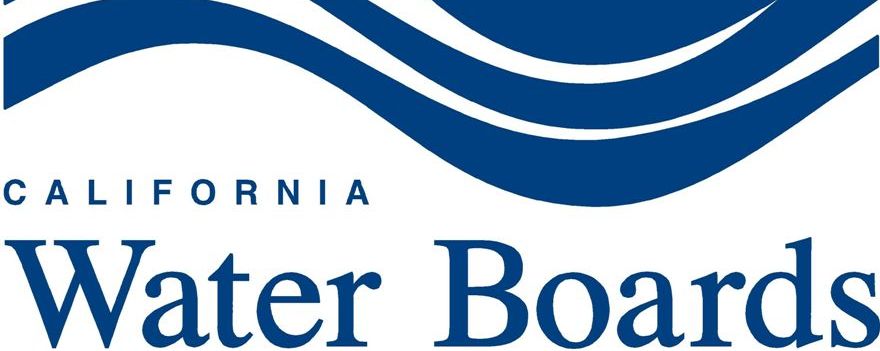 Tom Howard, the Executive Director of the State Water Resources Control Board has issued his decision on the May 21, 2015 request by the Department of Water Resources and the State Water Resources Control Board to modify and renew the Temporary Urgency Change Petition which modifies some outflow and water quality requirements in the Bay-Delta. The approval of the changes requested is expected to save 700,000 acre-feet of water over the coming months.
Tom Howard, the Executive Director of the State Water Resources Control Board has issued his decision on the May 21, 2015 request by the Department of Water Resources and the State Water Resources Control Board to modify and renew the Temporary Urgency Change Petition which modifies some outflow and water quality requirements in the Bay-Delta. The approval of the changes requested is expected to save 700,000 acre-feet of water over the coming months.
The May 21st request sought to reduce minimum Delta outflow requirements, minimum Sacramento River flow requirements, and to move the salinity compliance point for the Western Delta from Emmaton further upstream to Three Mile Slough.
The Executive Director has approved these changes, subject to additional requirements:
“Specifically, this Order imposes additional consultation, monitoring, modeling, reporting and planning requirements to: improve temperature management on the Sacramento and Stanislaus Rivers; ensure municipal water supply reliability from Folsom Reservoir and critical grid reliability; provide CVP refuge managers information to plan for water allocations this summer and fall; and better understand the effects of reduced Delta outflows with the temporary drought barrier at False River in place.”
The order notes that while additional monitoring, modeling, and reporting requirements will help inform decisions to aid in temperature management on the Sacramento River, this order does not approve the submitted revised plan, which will be evaluated separately.
“The changes approved in this order will reduce flows in the Bay-Delta in favor of improved water supplies and reservoir storage levels. The resulting impacts of the proposed changes on fish and wildlife in the Bay-Delta must be weighed against the impacts to all beneficial uses of water if the changes are not approved. California is in the midst of a significant, multi-year drought driven by the lack of rain and snowfall around the state. The historically low snowpack will result in very low inflows the remainder of the year that typically maintain stream flows over the summer and provide inflows to reservoirs. The drought is having devastating effects on communities, farmers, farm workers, the fishing industry, and the environment, and has caused substantial human suffering.
The potential water supply and storage savings from the changes approved by this Order (and the previous 2015 Orders described above) total almost 700 thousand acre-feet (TAF) of water. Conserving upstream storage is particularly important because water released from storage can serve multiple purposes, thereby maximizing the beneficial use of scarce water supplies. Specifically, water released from storage for temperature control to benefit salmon also can be used for agricultural or municipal purposes downstream or south of the Delta, or for salinity control in the Delta.
This Order achieves a reasonable balance of competing demands for the limited water supplies available during the ongoing drought, while taking into consideration: (1) the impacts of reduced Delta outflows on estuarine species and migrating salmonids in the Bay-Delta, (2) the need to conserve water in upstream storage for multiple, critical purposes later in the year, including temperature control on Project rivers, agricultural use, wildlife refuges, municipal and industrial use, and salinity control in the Delta, and (3) the need to export water for a variety of uses south of the Delta, including agricultural use, municipal and industrial use, and wildlife refuges.”7-3-15 final order with attach
Read the full order here: 7-3-15 final order with attach
——————————————–
Get the Notebook blog by email and you’ll always be one of the first to know!
- Sign up for daily emails and get all the Notebook’s aggregated and original water news content delivered to your email box by 9AM. Breaking news alerts like this one, too. Sign me up!
 Maven’s Notebook
Maven’s Notebook
constantly watching over the world of California water


